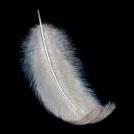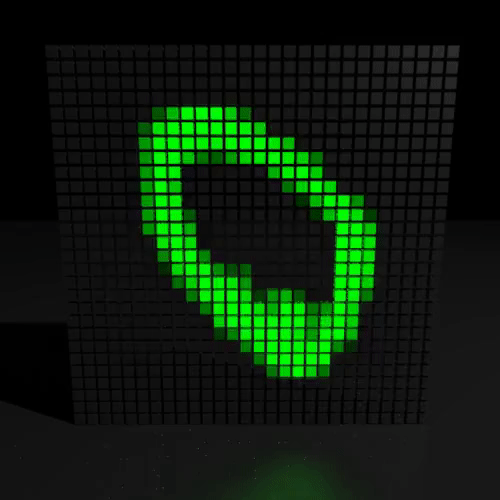Search the Community
Showing results for tags 'mnist'.
-
I didn't see much implementation of machine learning in Houdini so I wanted to give it a shot. Still just starting this rabbit hole but figured I'd post the progress. Maybe someone else out there is working on this too. First of all I know most of this is super inefficient and there are faster ways to achieve the results, but that's not the point. The goal is to get as many machine learning basics functioning in Houdini as possible without python libraries just glossing over the math. I want to create visual explanations of how this stuff works. It helps me ensure I understand what's going on and maybe it will help someone else who learns visually to understand. So... from the very bottom up the first thing to understand is Gradient Descent because that's the basic underlying function of a neural network. So can we create that in sops without python? Sure we can and it's crazy slow. On the left is just normal Gradient Descent. Once you start to iterate over more than 30 data points this starts to chug. So on the right is a Stochastic Gradient Descent hybrid which, using small random batches, fits the line using over 500 data points. It's a little jittery because my step size is too big but hey it works so.. small victories. Okay so Gradient Descent works, awesome, lets use it for some actual machine learning stuff right? The hello world of machine learning is image recognition of hand written digits using the MNIST dataset. MNIST is a collection of 60 thousand 28 by 28 pixel images of hand written digits. Each one has a label of what they're supposed to be so we can use it to train a network. The data is stored as a binary file so I had to use a bit of python to interpret the files but here it is. Now that I can access the data next is actually getting this thing to a trainable state. Still figuring this stuff out as I go so I'll probably post updates over the holiday weekend. in the mean time. anyone else out there playing with this stuff?
- 9 replies
-
- 9
-

-
- machine learning
- mnist
-
(and 1 more)
Tagged with:



